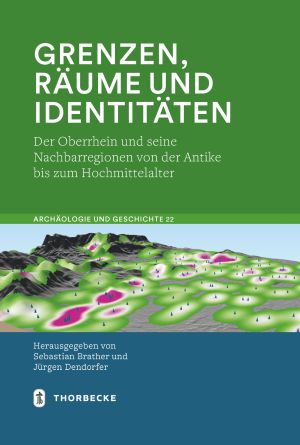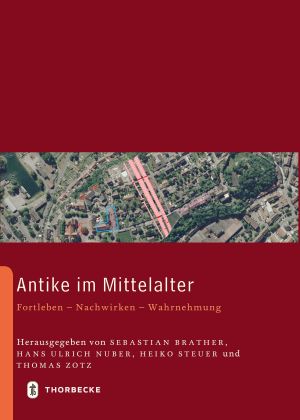Beck, Erik
Burgen im Breisgau: Aspekte von Burg und Herrschaft im überregionalen Vergleich
Scholars from several nations and disciplines met in March 2009 in the former Cluniac Priory of St. Ulrich near Bollschweil to discuss aspects of medieval castles. The invitation was extended by the project group "The Castles in Medieval Breisgau" at the Universities of Dortmund and Freiburg i. Br., which aims at a complete survey of the castles of an old medieval landscape. At the conference, the results of many years of research were placed in a scientific context and compared on a supra-regional level.
Grenzen, Räume und Identitäten: Der Oberrhein und seine Nachbarregionen von der Antike bis zum Hochmittelalter
A new, preferably unbiased view of spatial structures proves to be a decisive prerequisite for freeing research from rigid assumptions and models. This makes it possible to replace previous and necessarily highly simplified dominant narrative with complex reconstructions. Beyond large lines, spatial relationships and structures prove to be flexible and changeable. The contributions collected in this volume underline how different approaches and perspectives can be, even when they deal with the seemingly self-evident "space". In this opening beyond deterministic concepts and conceptions of space, which geography has long since completed, there are new opportunities for archaeological and historical studies.
Antike im Mittelalter. Fortleben, Nachwirken, Wahrnehmung: 25 Jahre Forschungsverbund »Archäologie und Geschichte des ersten Jahrtausends in Südwestdeutschland«
A new, preferably unbiased view of spatial structures proves to be a decisive prerequisite for freeing research from rigid assumptions and models. This makes it possible to replace previous and necessarily highly simplified ladder counts with complex reconstructions. Beyond large lines, spatial relationships and structures prove to be flexible and changeable. The contributions collected in this volume underline how different approaches and perspectives can be, even if they deal with the seemingly self-evident "space". In this opening beyond deterministic concepts and conceptions of space, which geography has long since completed, there are new opportunities for archaeological and historical studies.









